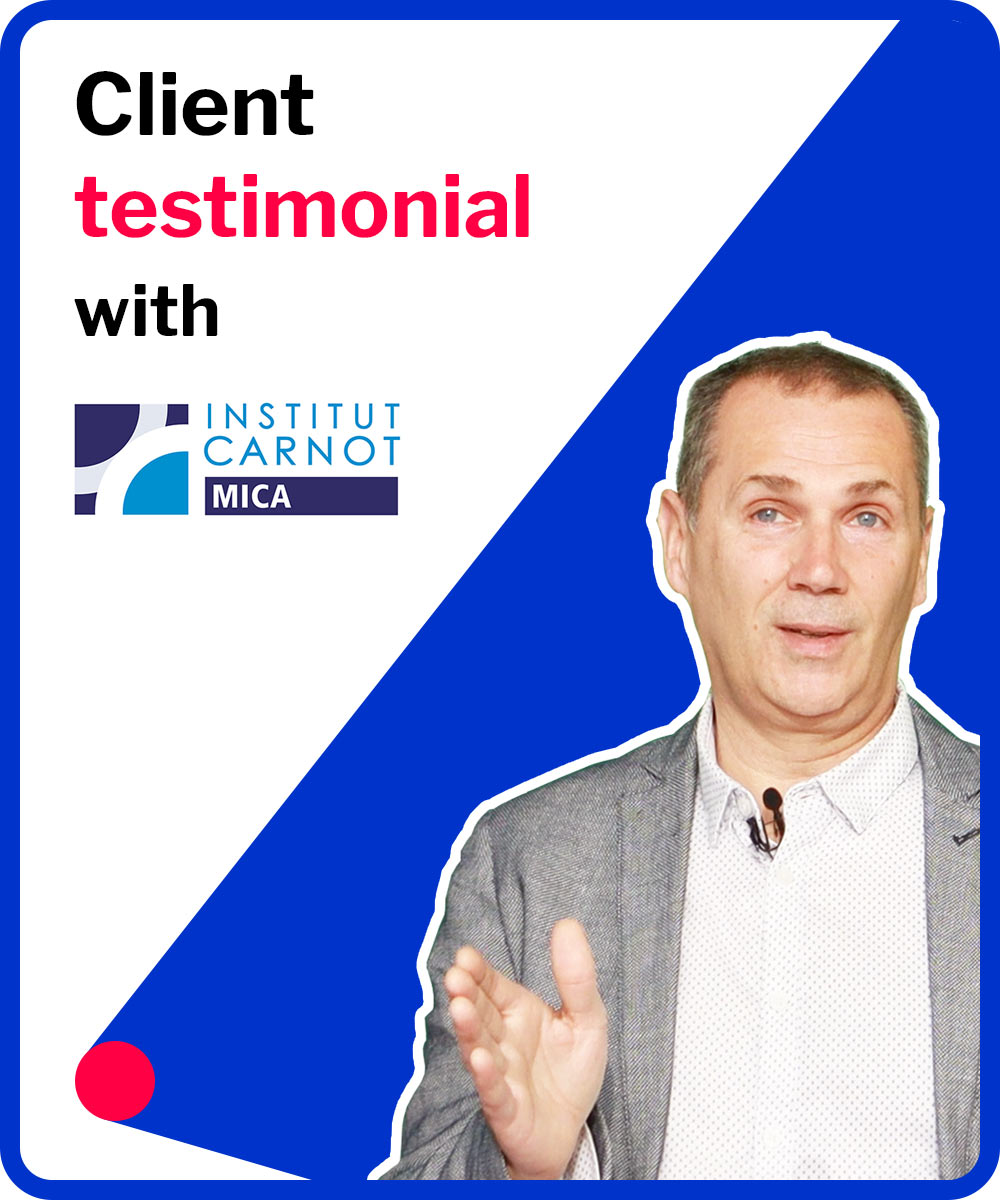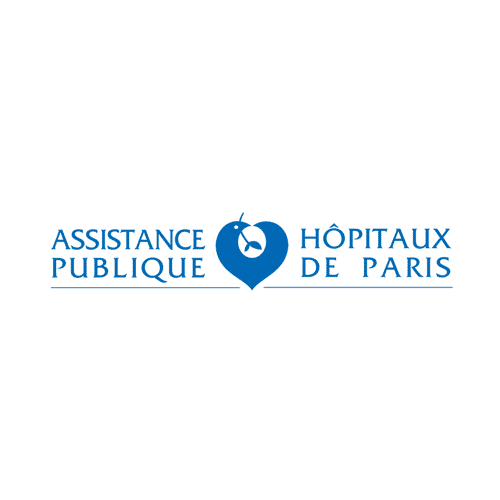
R&D strategy

Develop your pipeline strategy and R&D portfolio management
For more than 30 years, our specialized team has been supporting companies in developing successful research and development strategies (with the ability to fuel, create and maintain a strong pipeline of innovative products or services) and to adopt effective R&D portfolio management, while aligning organizations cross-functionally.
They trust us

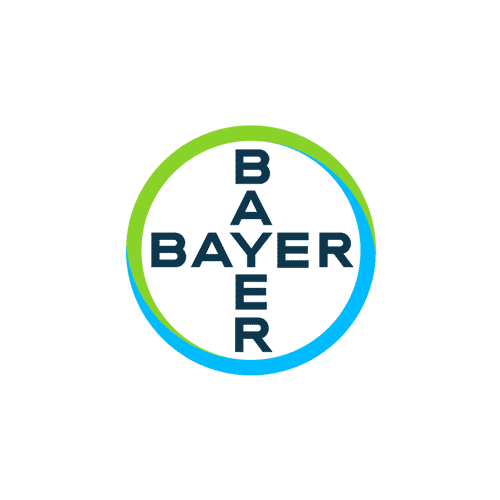
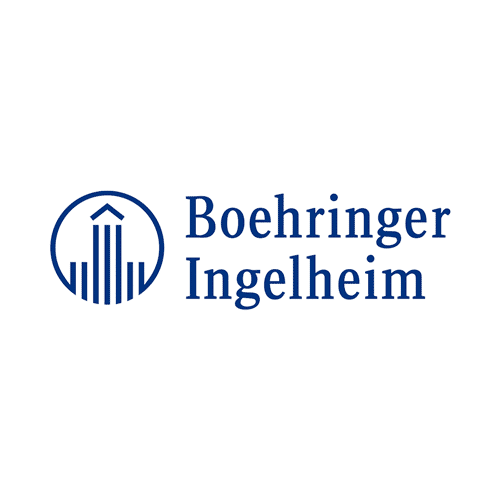

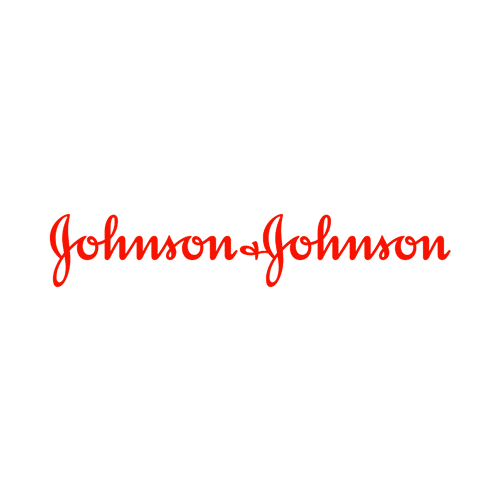

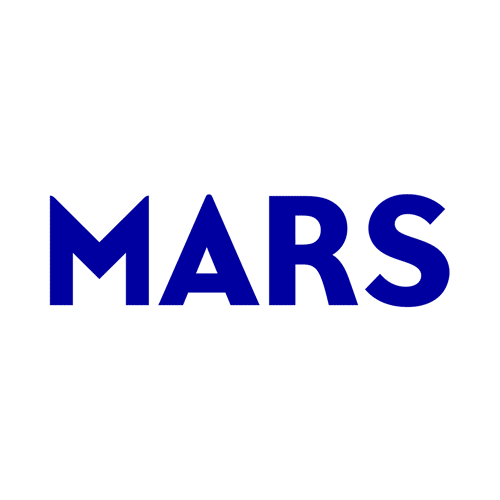
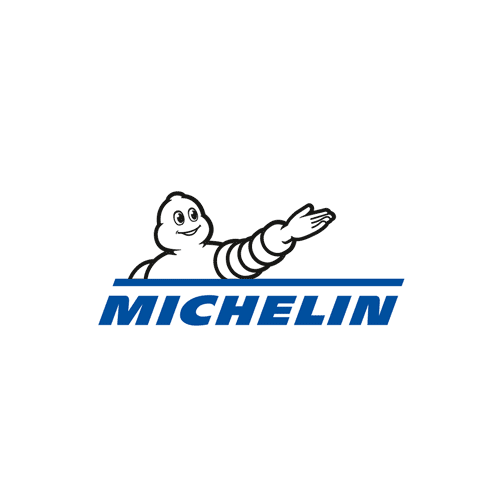


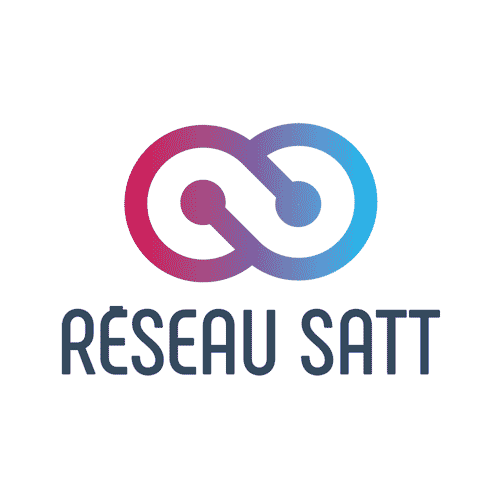
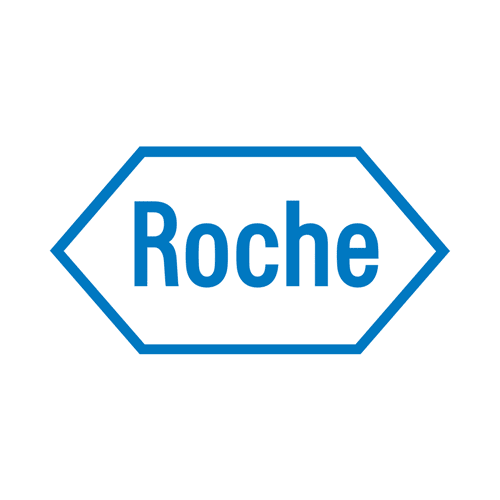

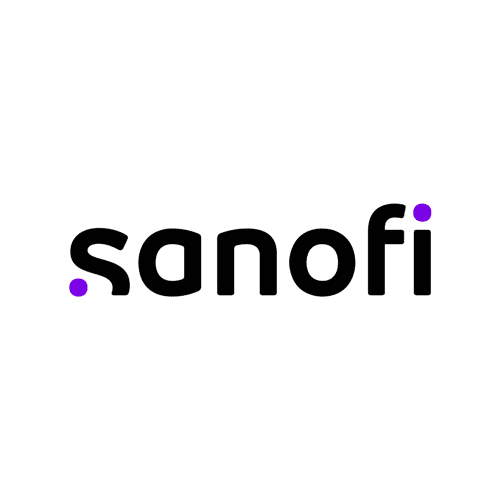
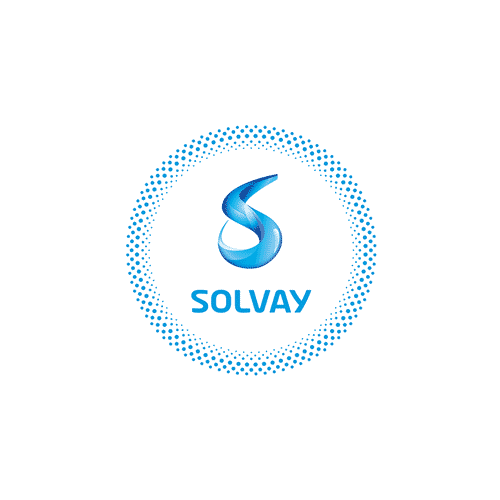
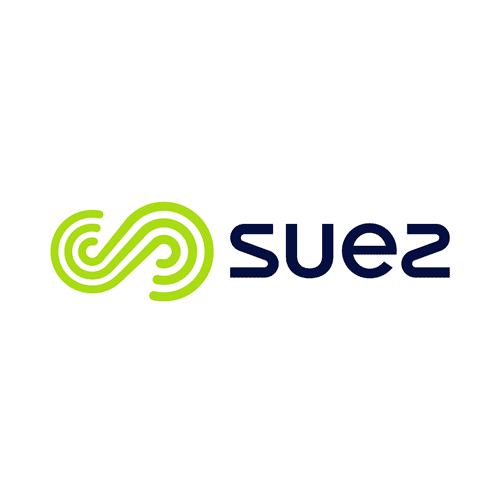
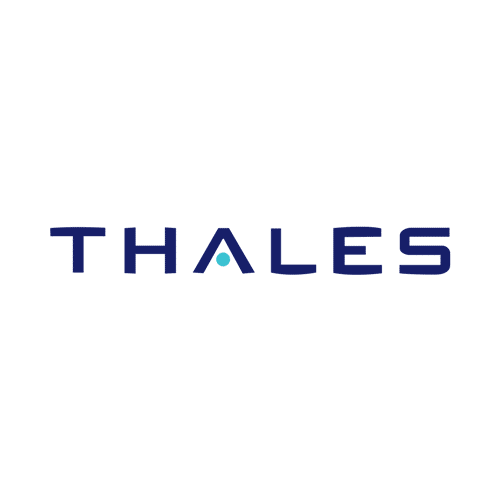
The challenges related to R&D strategy and portfolio management
As R&D strategies are crucial for businesses’ growth, they should be developed with input from across all the key company stakeholders. Any new product is always in relation to ever-changing technical and market dynamics, so companies need to keep a finger on the pulse of each sector they play in (or will play in) and be able to anticipate the key trends to correctly time the decision to push development forward or stop.
The key challenges in R&D strategy are:
Each new product development is a multi-faceted process, with technical, manufacturing, marketing and access functions coming together to bring it to market. Each function has its own point of view and knowledge on what will make a new product firstly viable and most importantly successful post launch.
Each of these unique perspectives should also contribute to crafting a vision for each new product to ensure that the most viable TVP is selected as early as possible and assure that the product would be aligned with the corporate strategic vision and existing portfolio already on the market, i.e. innovation and life cycle management.
What are the different elements of value in a new product (level of innovation, utilization, etc.)? How are regulatory risks considered in R&D? What are the market access challenges to anticipate at future launch? Is there an adequate supply of raw materials should such a product be developed?
Every product must fit a customer need. Innovation can bring new solutions to those needs, either through small iterative changes or real disruption. Before committing the funds to support any innovation, it is crucial to define early the unmet needs of customers and evaluate how well the proposed TVP meets those needs compared to what is already in the market and what might enter it before the new product arrives.
Collecting these insights and data provides a way to assess the screening and evaluation criteria set forth in the evaluation process to provide a clear Go / No-Go decision on R&D investments at all stages.
Where and what are the real unmet customer needs in the space? What is the competition doing to meet the needs in the space? Is the space ripe for disruption?
It can be easy to create alignment on when to start R&D on a new product, but a robust strategy should also provide the parameters on when to stop working on products that are not progressing. To keep going when under those circumstances is to waste vital resources and increase the risk of the entire R&D portfolio. Having a clear set of decision-making criteria can also prevent organizational turmoil when the decisions are made.
What should be the key steps for evaluating if a project in R&D is progressing well? What are the best criteria for killing a project? How often should the progress be evaluated to ensure a good use of resources?
Deciding where to play is only the beginning of the R&D process. A good R&D strategy should also include an understanding of the capabilities that exist in the space to ensure efficiency and cost-effectiveness in R&D. In pharma, this may include technologies designed to quickly define the potential targets in a disease area or to screen a large pool of potential targets for optimal activities before committing significant R&D funds.
As technology is constantly improving, it is also vital to determine early whether to commit the necessary funds to bring this technology in-house or build strategic partnerships to ensure that the right expertise, services, and know-how is provided by partners for product co-development whether academic or private partners.
What technologies can be utilized for high throughput screening of novel targets? How translatable is the current research being developed in academia? Are there contract research groups that can provide a cutting-edge technology to make solutions more efficient or cost-effective?
How we support you in your R&D srategy and R&D portfolio management
At Alcimed, we help our clients in their pipeline and portfolio strategies at all stages of their research and development stages:
- Across the scientific and industrial research ecosystem: R&D departments of innovative industry leaders, academic labs and KOLs, spin-off start-ups, biotechs/medtechs
- Of various sizes: major pharmaceutical, biotech and medtech manufacturers, as well as smaller innovative companies
- With functions across R&D: pipeline & portfolio strategies, New Product Strategy, Translational research, External Innovation, etc.
- At all stages of R&D: In pre-discovery, discovery, preclinical and clinical development stages up to a new product launch
- On their in-line assets and new products pipeline (drugs, medtech) and R&D supporting technologies and models (e.g. biomarkers, assays, high-throughput screening, in silico modeling, etc.)
We leverage Alcimed’s 30-year presence in the field and our team of scientific and medical background and training to continuously observe, explore, interact with key research stakeholders in the healthcare innovation space and analyze the trends in the scientific field and industrial applications, to guide our clients in the organization and advancement of their R&D pipeline.
Key topics we have covered include: scientific state-of-the-art to identify new research areas (metabolic pathways, mechanism of actions, etc.) and identify trending drug modalities and new drug discovery platform to create; identifying and evaluating new assays and biomarker candidates to develop and include to clinical development programs; assessing the competitive landscape in the research and clinical development space; early opportunity evaluation and go/no go assessment for platform or software development; organization of the go/no-go decision-making process at every steps of the research and development program… among many other topics!
What they say


"Together between Alcimed and Nestlé Health Science, we made informed decision on where the best opportunities were and why and how to select the most valuable assets in our investigation."
Bernard Cuenoud
Global Head of Research and Clinical Development


"The benefit that really Alcimed brought to the table was to have an expert intermediary to take us through the process to really challenge our thinking."
Mark TWYMAN
Senior VP and Chief Commercial Officer


"Alcimed is the consulting company that supported MICA for its creation."
Lionel LIMOUSY
Director
Examples of recent R&D strategies carried out for our clients
Assessing the translatability of a novel technology platform
A client wanted to understand what the potential lead indications would be best suited to prove the therapeutic value of its immune regulatory platform.
Alcimed conducted an analysis of the state-of-the-science, helped prioritize potential therapeutic cellular targets to place into R&D to regulate complement fixation both when it creates or prevents disease, and recommended potential academic and private research labs to collaborate with as part of the client’s R&D strategy and capability requirements roadmap.
Diagnosis & vision for a new pipeline assessment process
An innovative biotech companies asked for our help to strengthen its pipeline evaluation process, to be more robust, systematic and reproductible across its current and future drug development programs, as well as more specific to its strategic vision, culture, and organization.
After aligning the executive team around a common vision of the process need, Alcimed brought inspirational benchmarks and led the collaborative building of a new process of stage-gated evaluation and decision-making of its existing and future pipeline.
Building a business case with early opportunity evaluation for new diseases
The R&D portfolio strategy team of a pharmaceutical company needed help to lead its choice of the next diseases to invest research & development for, based on a first high-level landscaping of five markets of interest (high medical unmet need).
Alcimed reconstructed such landscapes by analyzing critical industry parameters (epidemiology, unmet need, competition now and in development, etc.) and in the end gave a go/no-go, prioritization and “how to” recommendation.
Strategy to improve the R&D performance of an industrial player
We helped a leading company in the space industry improve its R&D strategy. Our client’s main challenge was to build a reference framework that would enable it to assess the relevance of the projects in its R&D portfolio. It would allow our client to objectively decide which project to pursue or discontinue, and ultimately optimize performance.
We carried out an initial internal phase aimed at understanding the existing R&D process, its pain points and the key criteria to be considered in order to optimize project analysis. We then benchmarked with comparable players (very long product cycles, substantial R&D investment, ….) to understand best practices and pitfalls to avoid in this area.
All the elements gathered enabled us to build a customized reference framework (criteria, an evaluation scale for each criterion, metrics, etc.) integrating the dimensions of strategic fit, business elements, degree of innovation, human aspects, etc.
Development of the AI ambition of a public institution in terms of R&D, as well as its strategic roadmap and the identification of relevant partners
Our client, a public institution in the healthcare sector, wanted to define its ambition in terms of AI for its R&D activities, as well as the best means of implementing it.
Capitalising on an initial mapping exercise, we defined the internal needs of the various R&D teams and the potential applications of AI in their activities. We then investigated a wide range of existing technological solutions, to identify those that could meet the needs identified and that were accessible in terms of cost and ease of implementation. The most relevant potential partners for their implementation were also identified and prioritised.
Finally, Alcimed supported this public institution in the construction of a clear roadmap for the implementation of the priority solutions.
Identification of trends impacting on Research & Development & Innovation (R&D&I) in the materials sector to help structure the scientific roadmap of a research institute
Our team helped a research institute in the materials sector to structure its scientific roadmap by understanding the technological, economic, societal and regulatory trends impacting R&D&I in this sector.
Alcimed carried out a strategic foresight analysis to define the main cross-cutting trends impacting materials research in the future and identified the 40 trends impacting R&D&I in the sector. These trends were prioritised on the basis of their cross-disciplinary nature and impact. This strategic analysis provided input for the Institute’s scientific roadmap.
Finally, Alcimed also consolidated a collection of best practices for the renewal of a label promoting access to funding.
Analysis of innovative carbon-neutral city initiatives for a car manufacturer
In the context of the objectives of carbon neutrality by 2050, our team assisted a car manufacturer’s R&D team to analyse the strategies adopted by European cities to achieve carbon neutrality.
This involved an in-depth analysis of the main trends observed in the hundred or so cities selected by the EU as part of the ‘Smart and Carbon Neutral Cities’ Mission. We explored the various initiatives, whether technological, methodological, partnership-based or regulatory, that have already been put in place or are in the pipeline on the theme of climate and digitalisation.
As a result, our client was able to gain an overall understanding of the emerging trends around smart cities and the most innovative initiatives being implemented by European cities to achieve their carbon neutrality objectives, and thus adapt its research and development strategy on the continent.
Identification of new sources of inspiration based on biomimicry for a player in aeronautics, space and defense
One of our clients in the field of aeronautics, space and defense, wanted to unite its R&D teams around the subject of biomimicry and generate new avenues of exploration through this field. To do this, our team followed a four-step process:
- We first defined key functionalities on which the biomimetic approach could have a contribution in the context of our client.
- We identified inspiring biomimetic case studies on these functionalities.
- We organized a creativity workshop to bring out ideas and avenues for reflection on biomimicry.
- We finally analyzed and prioritized all the ideas generated in order to select the most relevant and promising ones.
Our project allowed our client to enrich their R&D roadmap with many new ideas!
You have a project?
To go further
Founded in 1993, Alcimed is an innovation and new business consulting firm, specializing in innovation driven sectors: life sciences (healthcare, biotech, agrifood), energy, environment, mobility, chemicals, materials, cosmetics, aeronautics, space and defence.
Our purpose? Helping both private and public decision-makers explore and develop their uncharted territories: new technologies, new offers, new geographies, possible futures, and new ways to innovate.
Located across eight offices around the world (France, Europe, Singapore and the United States), our team is made up of 220 highly-qualified, multicultural and passionate explorers, with a blended science/technology and business culture.
Our dream? To build a team of 1,000 explorers, to design tomorrow’s world hand in hand with our clients.
Alcimed carries out consulting missions in a variety of fields and on topics as diverse as the uncharted territories of our clients! Our projects and the methodological approaches we develop are based on the specific needs and contexts of our clients. We for example support our clients in defining their R&D or innovation strategy, in studying their target markets, in identifying and exploring new opportunities, in investigating innovative technologies, in defining their sales and marketing strategies, in integrating CSR or data science into their practices, or in imagining the future of their activities.
Beyond analyzing the web and literature, and large internal or external data lakes using data science, our consultants target and interact with key stakeholders: these can be clients, suppliers, partners, experts, opinion leaders, end-customers or patients, … and we challenge their viewpoints. This investigative work enables us to build our clear opinion at the crossroads between the viewpoints of the different stakeholders, and leads us to build recommendations to allow our clients to make decisions.
Research and development (R&D) is the power engine for the future success of firms. When aligned with the business vision, the resources committed through robust R&D strategy processes will increase company value and solidify or strengthen a company’s position in the industry. Thus, it is important to build a strategy with solid decision-making processes by which a company chooses which areas to focus on and which new products to develop for its customers.
Good R&D strategies are holistic and, notably when pulling individual new assets into a full portfolio to be optimized, they should combine current and prospective evaluation of:
- Scientific innovations: evaluation of recent scientific and cutting-edge technological advancements, technical and clinical feasibility, internally and externally, and,
- Market value for the new product and businesses: evaluation of existing and projected unmet needs, accessibility onto the market and ultimately dynamics.
For example early target value propositions (TVPs) can be defined as an early exercise to integrate market value considerations into R&D investments decisions. The processes of developing such early TVPs should be clearly defined and communicated to the key company decision-makers. With each potential new product and related early TVP, a clear trajectory for the company’s revenue can be defined and necessary investments planned for a successful development and launch.
On the other end of the R&D strategies spectrum, the level of innovation and risk for each new product should also be balanced to ensure the continued health of successful products and associated portfolio and franchise, with good life cycle management and the potential blockbuster revenues that can come with disruptive innovation.
Such balancing is called R&D strategy, and when balanced with a robust R&D portfolio management, it can drive sustained and substantial business growth.
- Aligning new products to create with the vision & portfolio and franchise strategy
- Being nimble when the industry context or corporate priorities shift or change direction entirely
- Creating evaluation processes for decision-making for screening and evaluating new assets, both in-house and on external opportunities, at each development stage with cross-functional feedback
- Combining science-based advancement evaluations with market-based/value-based evaluation criteria
- Getting equipped with the capabilities and tools needed for development
There are several strategies and approaches that organisations can consider in order to finance their R&D activities:
- External sources of funding, such as government grants (e.g. subsidies, tax credits or reductions, bursaries, etc.), calls for regional, national or extra-national (eg European) projects, financial contributions from partners (e.g. bank loans, fund-raising, etc.), or in some cases donations.
- Internal sources of funding, such as internal reallocation of funds
- Cost-cutting measures, such as lean and agile R&D practices
- Cost-sharing through collaboration and partnerships with other entities (e.g. universities, start-ups or other companies, etc.)




